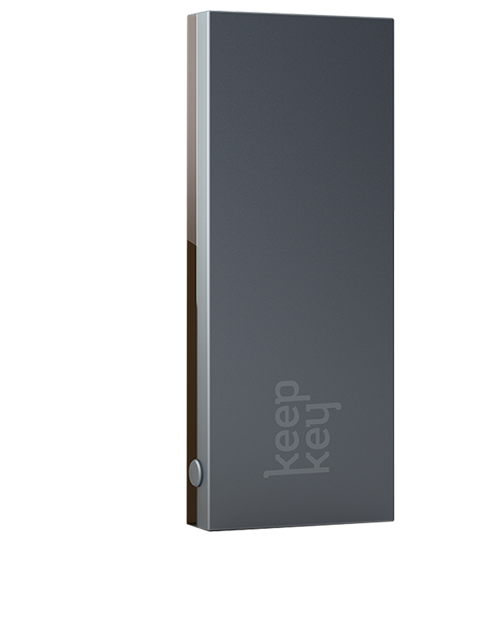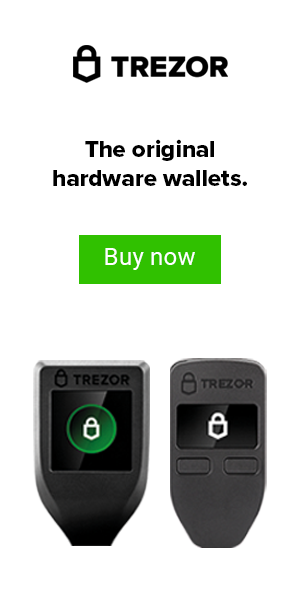Post Views: 0
You Might also like
-
Why Cobo Vault Just Rebranded To Keystone (2021)
Post Views: 0 -
NGrave Zero Crypto Hardware Wallet | Unboxing Review (2021)
CLICK HERE FOR BEST DEAL ON NGRAVE ZERO — https://bitcoinlockup.com/crypto/ngrave/ws
Post Views: 0











